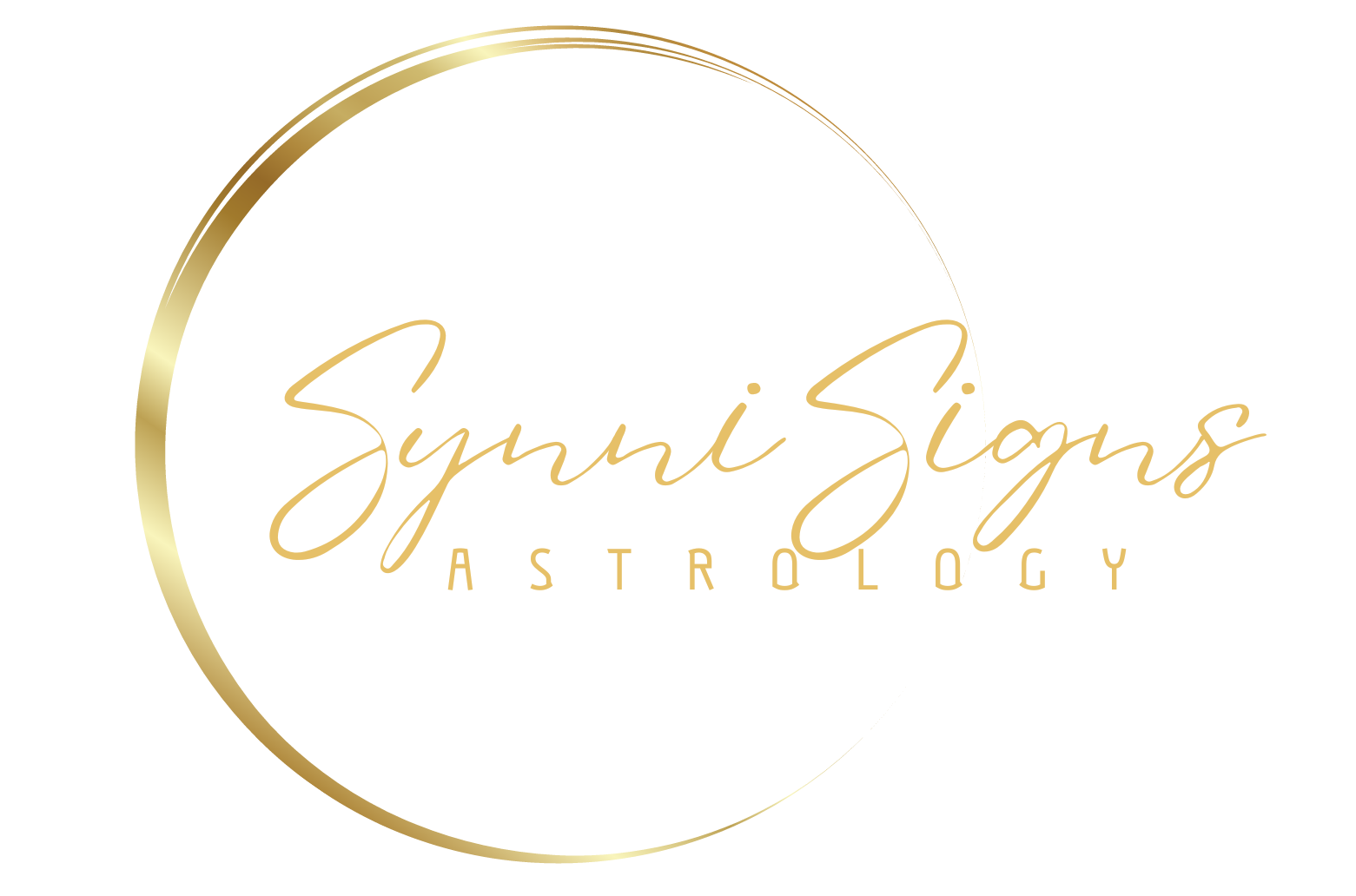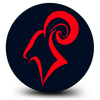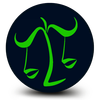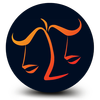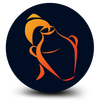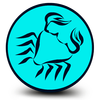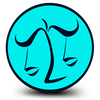
The Part of Fortune symbolizes the area of life where you experience the most joy and happiness.
The Part of Fortune is computed in the following manner: Day Births: Fortune = Ascendant + Moon – Sun. Night Births: Fortune = Ascendant + Sun – Moon. Interpret these formulas as follows: calculate the longitudes of the Ascendant, Moon, and Sun from 0 degrees of Aries.: compute the longitudes of the Ascendant, Moon and Sun as measured from 0 degrees of Aries.
Many astrologers are familiar with the Part of Fortune, also known as the Lot of Fortune in Greek astrology, but often struggle with its interpretation. Modern literature on the subject tends to portray it as a highly abstract symbol, sometimes referred to as “karmic.” Moreover, it has become evident that for about half of the population, specifically those born at night between sunset and sunrise, the Part of Fortune is typically calculated incorrectly. I’ll delve into this further shortly. The Part of Fortune is calculated as follows:
Day Births: Fortune = Ascendant + Moon – Sun
Night Births: Fortune = Ascendant + Sun – Moon
Interpret these formulas as follows: calculate the longitudes of the Ascendant, Moon, and Sun from 0 degrees of Aries. This process is carried out according to the table below.
|
Aries
|
Add 0
|
.Libra
|
Add 180
|
|
Taurus
|
Add 30
|
.Scorpio
|
Add 210
|
|
Gemini
|
Add 60
|
.Sagittarius
|
Add 240
|
|
Cancer
|
Add 90
|
.Capricorn
|
Add 270
|
|
Leo
|
Add 120
|
.Aquarius
|
Add 300
|
|
Virgo
|
Add 150
|
.Pisces
|
Add 330
|
Consider an individual with an Ascendant at 20 Virgo, a Moon at 4 Aries, and a Sun at 17 Aquarius. Given that the Ascendant is in Virgo, the Descendant is at 20 Pisces. Since the Sun lies between the Ascendant and the Descendant, indicating a night birth, the night birth formula is utilized.
– Ascendant 20 Virgo + 150 = 170
– Sun 17 Aquarius + 300 = 317
– Moon 4 Aries + 0 = 4
Fortune = 170 + 317 – 4 = 483.
As this exceeds 360, subtract 360 from the total: 483 – 360 = 123. Therefore, the Part of Fortune is located at 3 Leo.
If the Sun were instead at 9 Cancer with the same Ascendant and Moon, indicating a day birth, the day birth formula would be applied.
– Ascendant 20 Virgo + 150 = 170
– Moon 4 Aries + 0 = 4
– Sun 9 Cancer + 90 = 99
Fortune = 170 + 4 – 99 = 75.
Since this is below 360, no further adjustments are needed, resulting in a Part of Fortune of 15 Gemini.
The reason many individuals born at night have been assigned the incorrect Part of Fortune is due to the widespread use of the day formula for night births by modern authorities. This practice stemmed from a misinterpretation of Ptolemy’s teachings, as he seemed to suggest using the day formula for all charts. However, recent translations of Ptolemy’s works and analyses of ancient commentaries indicate that he did not intend this approach. Most other ancient and medieval astrologers advocated using the day formula for day births and the night formulas for night births, demonstrating a clear understanding of the Part of Fortune’s calculation.
In essence, the Part of Fortune signifies the fundamental connection between an individual and the physical world around them. It serves as a significant indicator of the body’s condition and health, as well as the primary signifier of prosperity and career prospects linked to prosperity. However, the method of utilizing it may come as a surprise. This revelation stands as one of the most crucial findings of Project Hindsight. Further details on this method will be discussed in my next note.
The Part of Fortune serves as a key indicator of prosperity, yet its significance extends beyond wealth alone. Formed from the longitudes of the Sun, Moon, and Ascendant, it is derived from three of the most critical points in the chart (with only the Midheaven being of equal importance). Consequently, it holds a level of importance comparable to these significant chart elements. While modern astrology sometimes views the Part of Fortune as a minor aspect, ancient astrology regarded it with much greater significance.
In ancient astrology, the Ascendant held primary significance as an indicator of the physical body and health, while the Moon served as a crucial secondary indicator in this regard. However, there existed a distinction between them. The Ascendant was seen as representing the body at its most tangible, material level, while the Moon symbolized the living aspect of the body, essentially the soul incarnated within a physical form.
The Part of Fortune, comprising both the Ascendant and the Moon along with the Sun, also functions as an indicator of the living, physical body and its interactions with the surrounding physical and social environment. Its ability to signify prosperity stems from this connection. When the Part of Fortune is in good condition, it suggests that the native’s relationship with the physical and social world supports them and facilitates a well-lived life. Conversely, if the Part of Fortune is in poor condition, the native may struggle to engage with the supportive aspects of their world. This same principle applies to the Part of Fortune’s relationship with health—it reflects the native’s ability to maintain a harmonious connection with their physical well-being.
In interpreting both health and material prosperity from the chart, it’s crucial to remember that no single indicator, including the Part of Fortune, can provide a comprehensive assessment on its own. For health considerations, one must examine not only the Ascendant and its ruler, but also the Moon and its ruler. Additionally, the sixth and eighth houses, representing illness and death respectively, offer significant insights into health.
Similarly, for matters related to material prosperity, it’s essential to consider the second and tenth houses along with their rulers.
That being said, a favorable placement for the Part of Fortune is indicated when benefic or dignified planets are located in the same sign or aspecting it. Furthermore, the Part of Fortune benefits from being positioned in a sign ruled by benefic planets, as any point in the chart receives support from being in a sign ruled by a dignified planet.
The Part of Fortune is less favorably positioned when located in a sign with malefic planets, particularly if those malefics are debilitated. Additionally, squares, oppositions, and conjunctions with malefics are generally considered unfavorable aspects.
From a modern astrological perspective, such indications don’t necessarily imply poverty or poor health, but rather suggest that the native may need to exert more effort or explore narrower pathways to achieve success. Despite these challenges, positive outcomes are still achievable.
As a final remark in this discussion, it’s important to recognize that the Part of Fortune is not just a point akin to planets or nodes—it serves as the starting point for a house system. The sign containing the Part of Fortune becomes the first house of the Fortuna system, and each successive house extends from 0 to 30 degrees of its corresponding sign. In the next instalment, I will delve into what the ancients prescribed for these Fortuna houses.
What some of the terms mean:
Benefic: A planet that tends to produce outcomes generally considered favorable or “good.” However, whether these outcomes truly benefit the native becomes evident over time. Benefics typically facilitate desired results more effortlessly in most situations compared to malefics. Natural benefics include Venus, Jupiter, the Sun when forming trine or sextile aspects, and any planet that is well-aspected and dignified.
Malefic: A planet that doesn’t readily produce outcomes regarded as “good.” Malefics require more conscious effort and skill to manage life effectively compared to benefics. Mars and Saturn, the two primary malefics, play crucial roles in building character and strength. However, mishandling them can lead to undesirable outcomes. Natural malefics encompass Mars, Saturn, and the Sun through conjunction only.
General Comment on Benefics and Malefics: The classification of planets as benefic or malefic ultimately depends on various factors. Planets naturally categorized as one may exhibit characteristics of the other based on specific circumstances in the chart. Therefore, it’s not always accurate to assume that Venus and Jupiter always yield positive results, while Saturn and Mars consistently produce negative ones. According to Ptolemy, a benefic is a planet whose influence tends toward moderation and balance, while a malefic’s influence leans towards extremes and imbalance.
Dignified and Debilitated: Planets may achieve dignity (strengthened) or debility (weakened) through various means, primarily by their placement in signs. Planets are dignified when located in signs they rule or where they are exalted. Conversely, they are debilitated when positioned in signs opposite to their rulership or exaltation. Other forms of dignity and debility exist as well. (For further details, refer to Lee Lehman’s “Essential Dignities,” published by Whitford Press.)
In modern Western astrology, there’s a tendency to regard the degree of the Part of Fortune as the cusp of the first house, establishing equal houses from the Part and using it as an Ascendant. However, findings from Project Hindsight suggest that ancient astrologers approached house division differently. This approach, known as whole-sign house division, was characteristic of house division in the oldest astrological texts, including those attributed to Ptolemy. In this system, the houses of the Fortuna system were measured from 0 to 30 degrees of the sign containing the Part of Fortune. Remarkably, whole-sign house division was not only applied to the Part of Fortune but also to the Ascendant itself.
For the ancients, the concept of house division differed significantly from modern practices. They didn’t view signs as separate entities from houses; rather, houses were seen as roles assumed by signs depending on their relation to a specific point marking the beginning of the chart, referred to in Greek as “horoskopos.”
The term “horoskopos” forms the basis of the word ‘horoscope’ and translates literally to “hour marker,” contrary to the commonly stated interpretation of “watcher of the hour.” In ancient astrology, any point capable of marking a sign as the first house or place served as an hour marker. Interestingly, modern sun-sign astrology, although often criticized by professional astrologers, employs a simplified version of this ancient practice. In sun-sign astrology, the Sun serves as the horoskopos, designating the sign of the Sun as the first house or place, while all other signs assume the role of houses or places relative to the sign of the Sun. However, modern sun-sign astrology deviates from the ancient practice in that the solar horoskopos was originally intended to describe a native’s father, not the native themselves, and only if the native was born during the daytime.
In the Western tradition, the Ascendant and the Part of Fortune served as the primary hour markers, while in the Eastern tradition of India, the Ascendant and the Moon held this role. It’s noteworthy that the Part of Fortune is associated with the Moon, suggesting a connection between these practices across different cultural contexts.
The sign containing the Part of Fortune and its ruling planet offer valuable insights into one’s profession and income-generating activities, in conjunction with the tenth house counted from the Ascendant in the conventional manner. The tenth sign from the sign of the Part of Fortune plays a significant role in delineating the societal role fulfilled by one’s occupation. Moreover, the eleventh sign from the Part of Fortune plays a crucial role in determining both the effectiveness and methods through which one earns money. Notably, astrologers who derive income from astrology often have Mercury positioned in the sign of the Part of Fortune, or the eleventh sign from it, or ruling either of these positions. Mercury, as the ancient ruler of astrology prior to the discovery of Uranus, continues to demonstrate its efficacy in this context.
Ancient astrological writings also suggest that the Part of Fortune and its derived houses are linked to the body, health, and actions performed spontaneously or driven by emotions.
Another noteworthy Fortuna house is the seventh. While it may involve relationships to some extent, its primary symbolism appears to stem from its opposition to the Part of Fortune. The strength of this oppositional relationship increases if a point in the seventh Fortuna house is nearer to an exact opposition with the Part of Fortune. The seventh house has ancient associations with death, as the Sun sets in this house, symbolizing the extinguishing of light. Although the Fortuna seventh house isn’t directly linked to sunset, its opposition to the Part of Fortune suggests associations with illness and physical challenges, reflecting the ancient symbolism of the seventh house’s role in the demise of the day.
A free calculator to find your Part of Fortune: https://cafeastrology.com/partoffortune.html
Read more about Horary Astrology and the Arabic Parts: The Parts in Action by David McCann (skyscript.co.uk)
